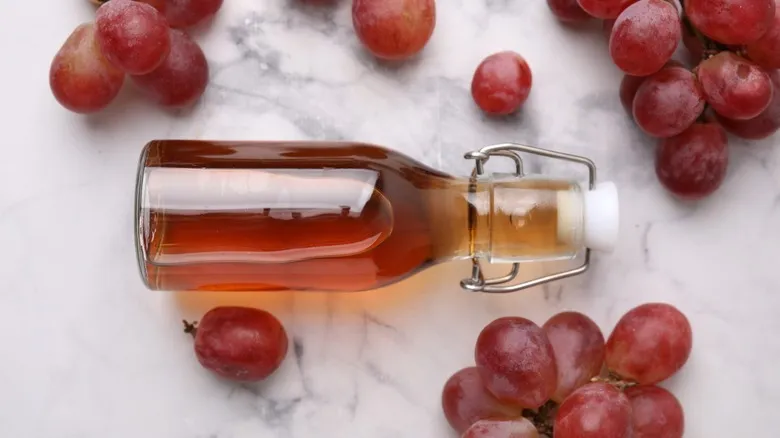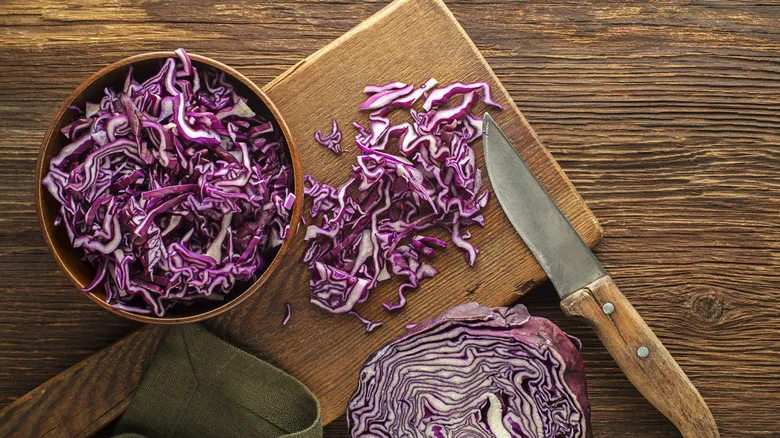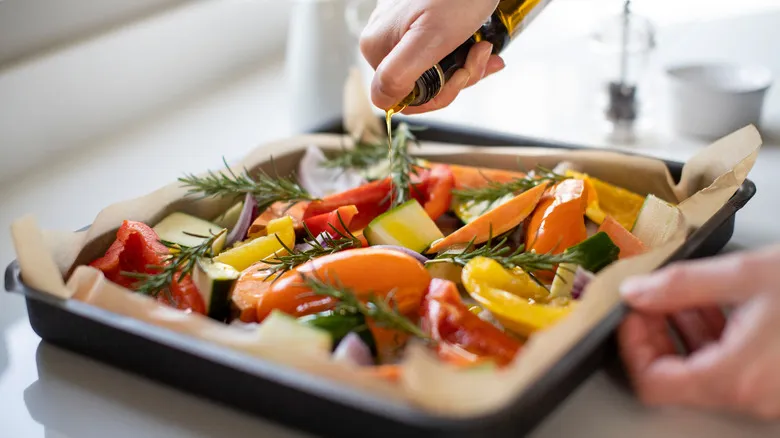Red cabbage sauerkraut is easy to make

While it may appear intimidating at first, fermenting fresh vegetables like red cabbage is much simpler than you might think. It’s just a matter of combining all the ingredients and allowing them to sit. Basic sauerkraut recipes only require fresh cabbage and kosher salt, but adding a few juniper berries and caraway seeds will enhance that classic sauerkraut taste (in contrast to its close cousin kimchi, which typically features chili pepper flakes, garlic, ginger, and fish sauce).
Substituting green cabbage with red cabbage in any sauerkraut recipe is a straightforward change that doesn’t require any extra preparation or ingredients. Once you have a few jars of red cabbage sauerkraut fermenting in your refrigerator, you can expect them to last for four to six months, if they even last that long! Alternatively, you can seal your jars in a water bath to extend their shelf life even further. The red cabbage version can be used in all your favorite sauerkraut dishes, from wrapping it in leavened dough for Polish-style pierogi to piling it on rye bread with corned beef and Russian dressing for a delicious Reuben.
Recommended

The Best Way To Cook Cold Vs Warm Water Lobster

Are You Able To Store Basil At Room Temperature Or Should It Go In The Fridge?

The Best Substitute For Red Wine Vinegar

The Salty Seafood That Actually Works Wonders As A Pizza Topping
Next up





